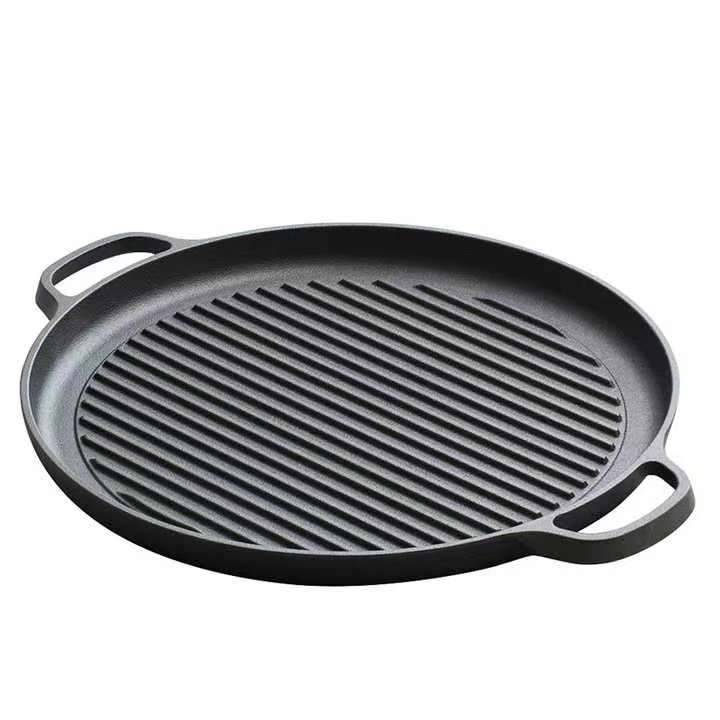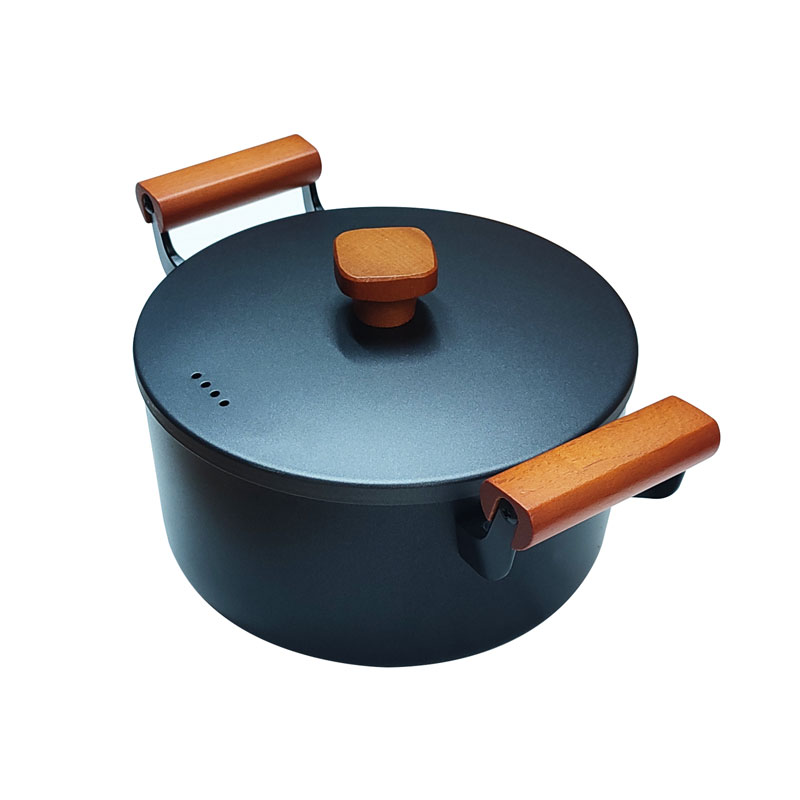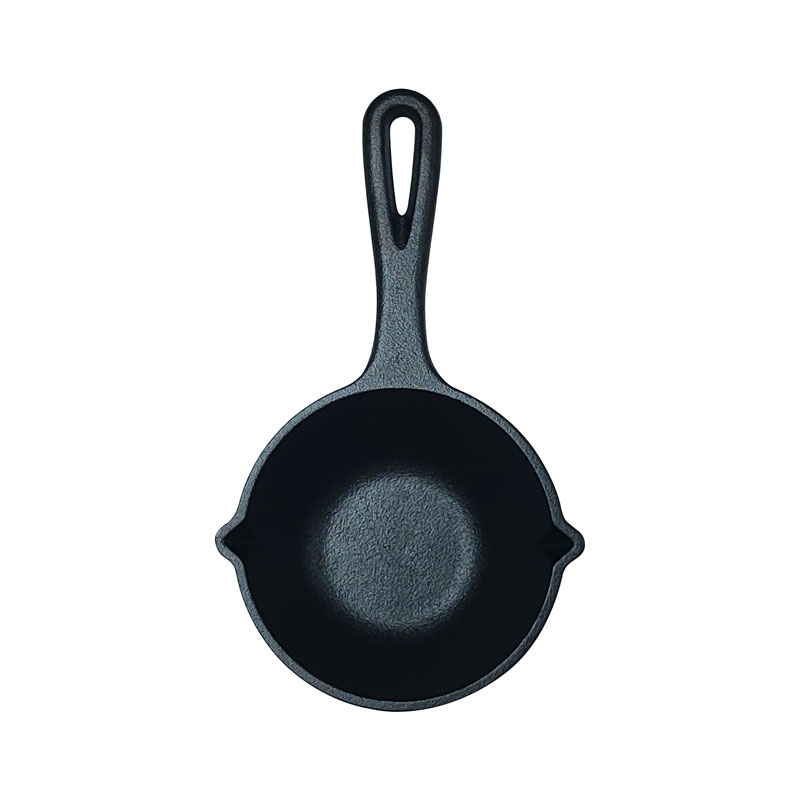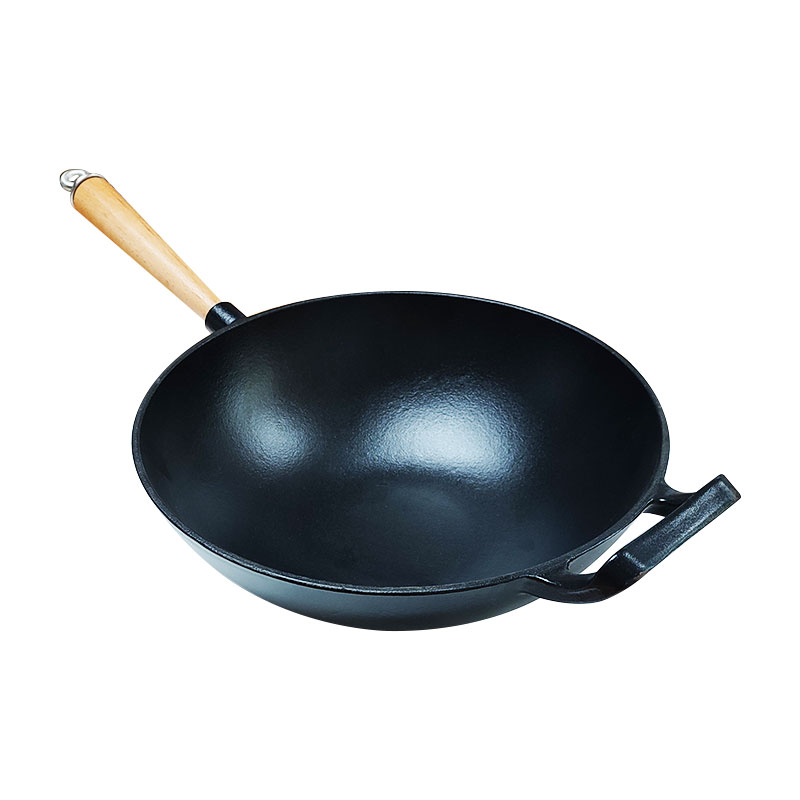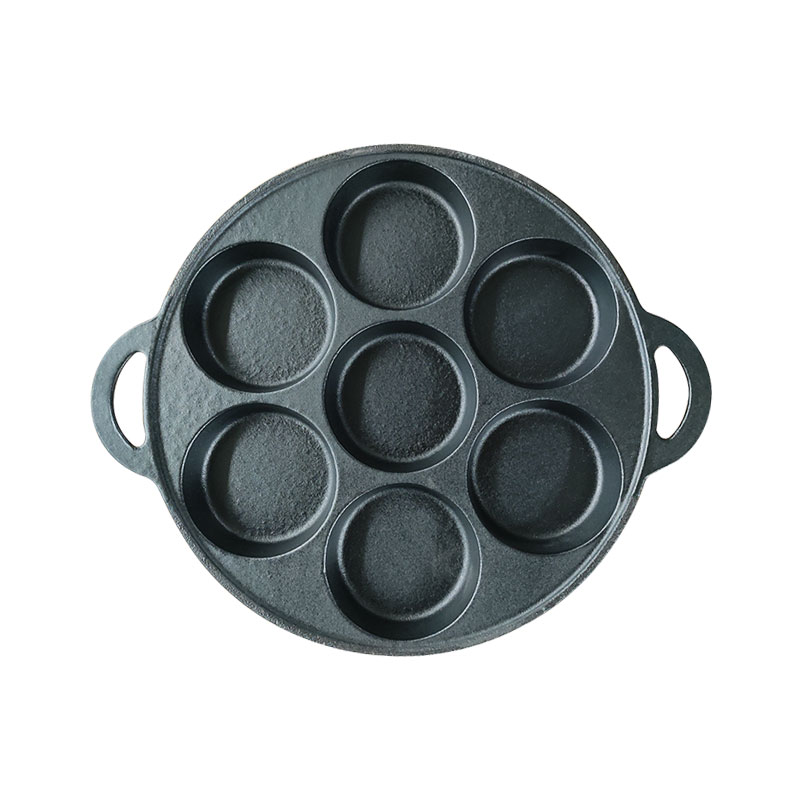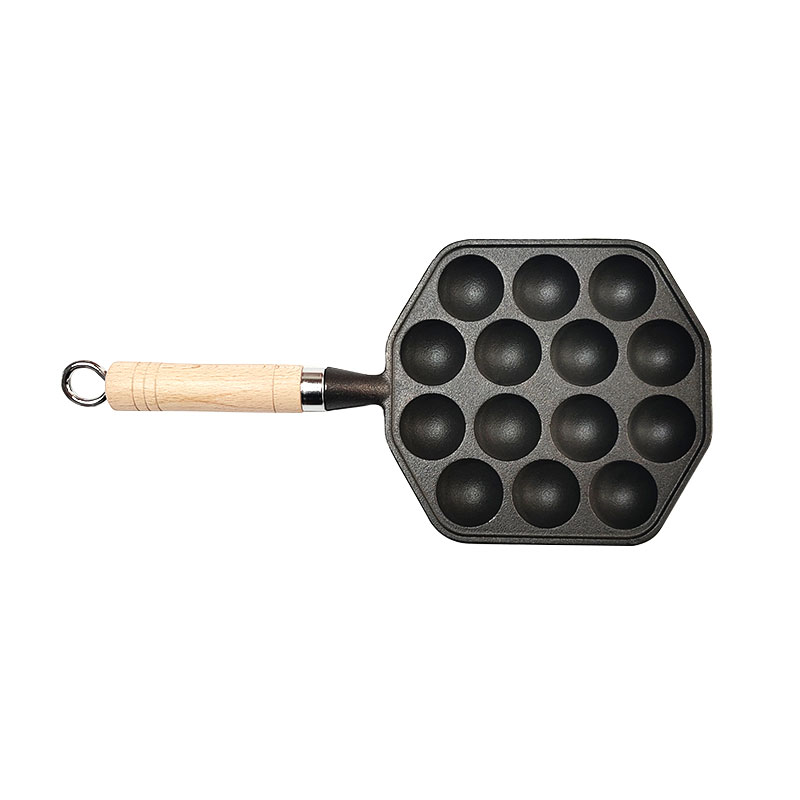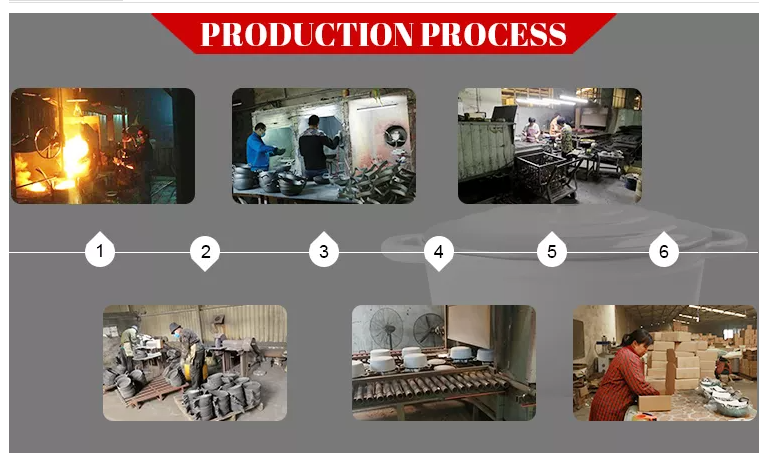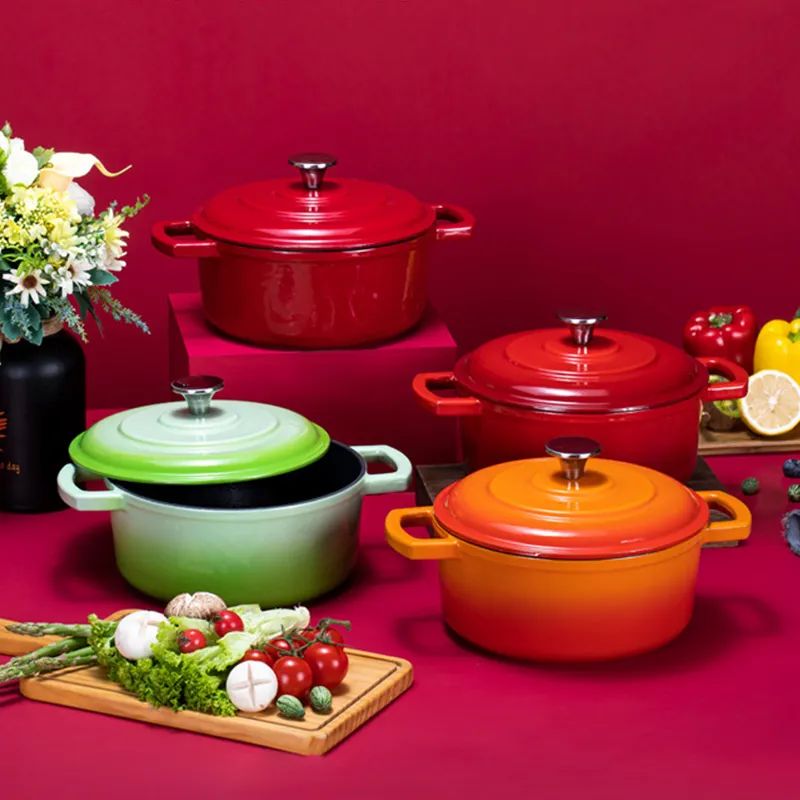- Afrikaans
- Albanian
- Amharic
- Arabic
- Armenian
- Azerbaijani
- Basque
- Belarusian
- Bengali
- Bosnian
- Bulgarian
- Catalan
- Cebuano
- Corsican
- Croatian
- Czech
- Danish
- Dutch
- English
- Esperanto
- Estonian
- Finnish
- French
- Frisian
- Galician
- Georgian
- German
- Greek
- Gujarati
- Haitian Creole
- hausa
- hawaiian
- Hebrew
- Hindi
- Miao
- Hungarian
- Icelandic
- igbo
- Indonesian
- irish
- Italian
- Japanese
- Javanese
- Kannada
- kazakh
- Khmer
- Rwandese
- Korean
- Kurdish
- Kyrgyz
- Lao
- Latin
- Latvian
- Lithuanian
- Luxembourgish
- Macedonian
- Malgashi
- Malay
- Malayalam
- Maltese
- Maori
- Marathi
- Mongolian
- Myanmar
- Nepali
- Norwegian
- Norwegian
- Occitan
- Pashto
- Persian
- Polish
- Portuguese
- Punjabi
- Romanian
- Russian
- Samoan
- Scottish Gaelic
- Serbian
- Sesotho
- Shona
- Sindhi
- Sinhala
- Slovak
- Slovenian
- Somali
- Spanish
- Sundanese
- Swahili
- Swedish
- Tagalog
- Tajik
- Tamil
- Tatar
- Telugu
- Thai
- Turkish
- Turkmen
- Ukrainian
- Urdu
- Uighur
- Uzbek
- Vietnamese
- Welsh
- Bantu
- Yiddish
- Yoruba
Premium Customizable Pre-seasoned Cast Iron Cooking Pot Wok With Two Ears FAQs
What Customization Options Are Available For The Premium Customizable Pre-seasoned Cast Iron Cooking Pot Wok?


We offer several customization features for this pot. You can choose from different handle designs for the two ears, including various shapes and materials to enhance grip and aesthetics. Additionally, there are options to customize the color of the exterior coating, allowing you to match it with your kitchen style. For an extra - personal touch, you can also request custom engravings, such as your name, initials, or a special message, on the side of the pot.
How Do I Maintain The Pre-seasoned Surface Of The Cast Iron Pot Wok?


To keep the pre-seasoned surface in good condition, avoid using soap and harsh scrubbers for cleaning. Instead, use hot water and a stiff brush or a chainmail scrubber to remove food residue. After cleaning, dry the pot thoroughly over medium heat on the stovetop to ensure no moisture remains, as moisture can cause rust. Periodically, you can re-season the pot by applying a thin layer of vegetable oil, heating it in the oven, and wiping off any excess, which helps to maintain its non - stick properties.
Can The Premium Customizable Pre-seasoned Cast Iron Cooking Pot Wok Be Used On All Types Of Cooktops?


Yes, this versatile pot wok is compatible with gas, electric, and induction cooktops. The cast iron construction allows for efficient heat conduction, making it suitable for various cooking methods on different cooktops. On induction cooktops, the flat base ensures a stable connection for even heating, while on gas and electric cooktops, it can withstand high heat for stir - frying, sautéing, and simmering.
Is The Pre-seasoned Coating Of The Cast Iron Pot Wok Safe For Cooking?


The pre-seasoned coating on our Premium Customizable Pre-seasoned Cast Iron Cooking Pot Wok is completely safe for cooking. It is made from food - grade oils that are baked onto the surface of the cast iron, creating a natural, non - toxic non - stick layer. This coating not only makes cooking easier but also helps to protect the cast iron from rust and corrosion, ensuring safe and healthy cooking for years to come.
How Should I Store The Premium Customizable Pre-seasoned Cast Iron Cooking Pot Wok?


When storing the pot wok, make sure it is completely dry to prevent rust. You can place a paper towel inside to absorb any remaining moisture. If stacking with other cookware, put a soft cloth or a pot protector between them to avoid scratching the surface. Store it in a dry place, and if possible, hang it by the ears to save space and prevent any potential damage from stacking.


Demana ara ofertes d'estris de cuina de ferro colat
Si us plau, ompliu el formulari següent i el nostre equip es posarà en contacte amb vosaltres per informar-vos sobre preus, detalls del producte i opcions de personalització.










